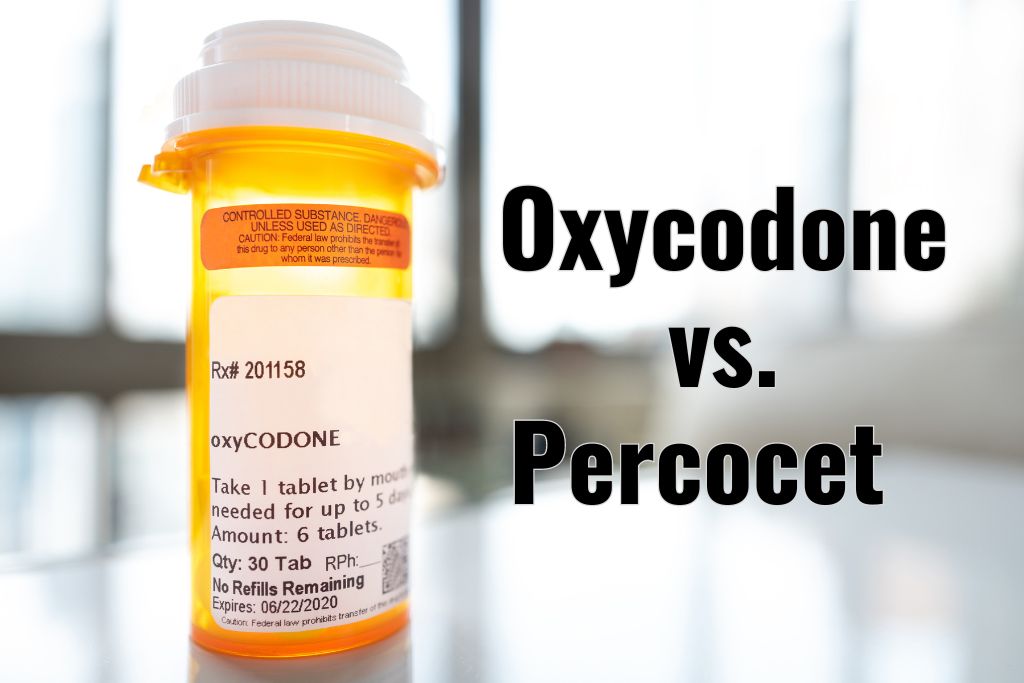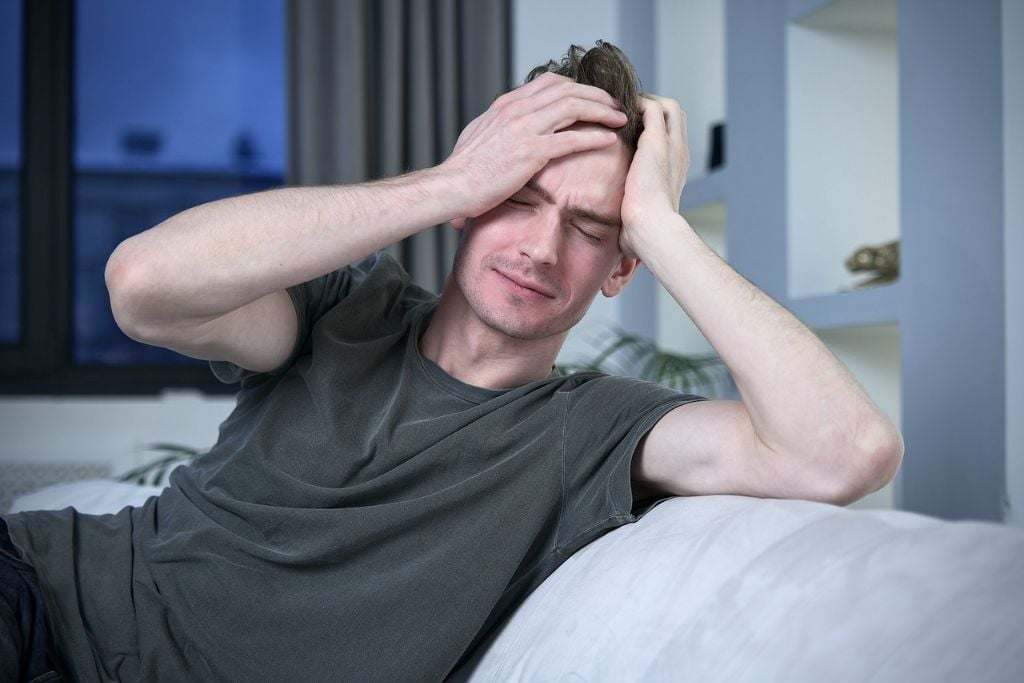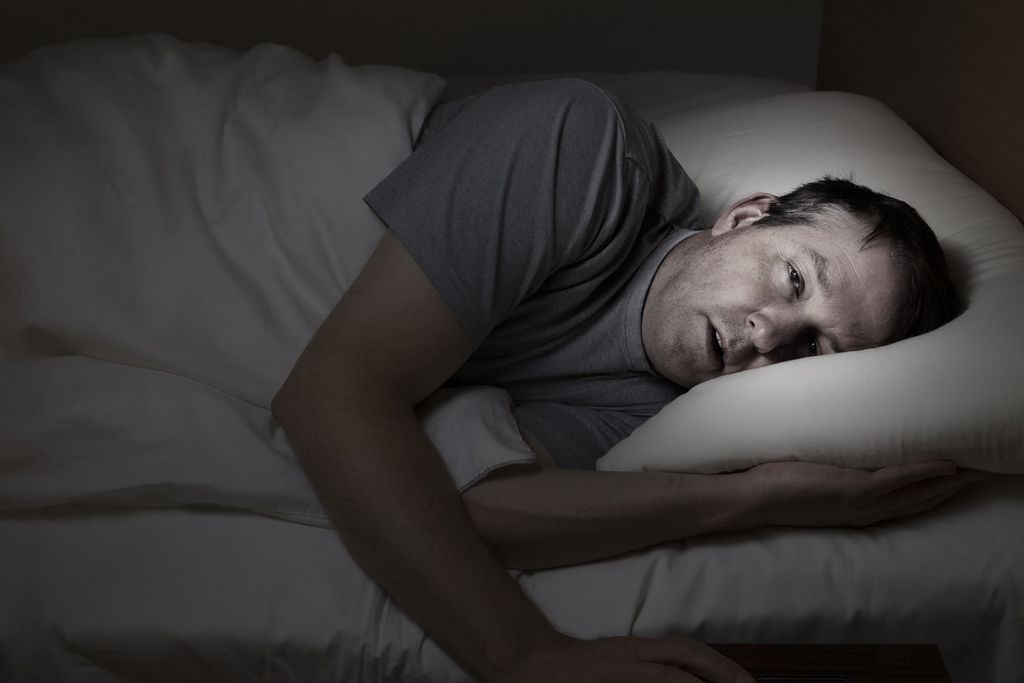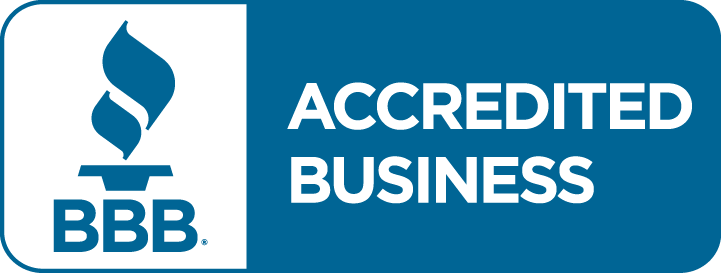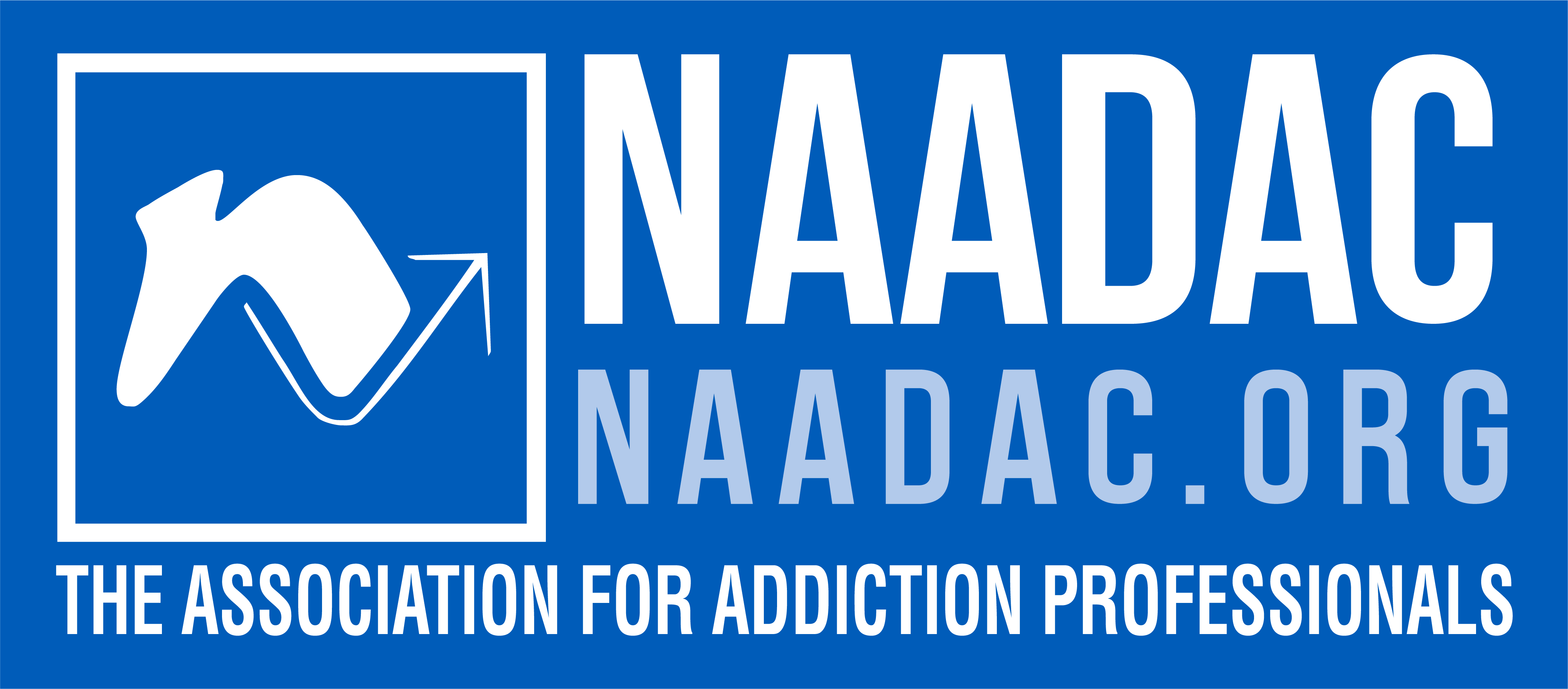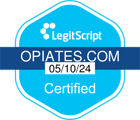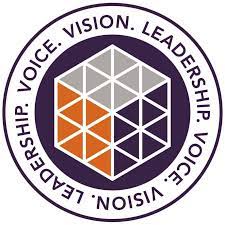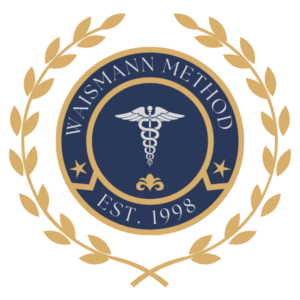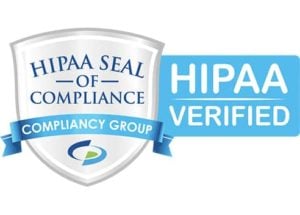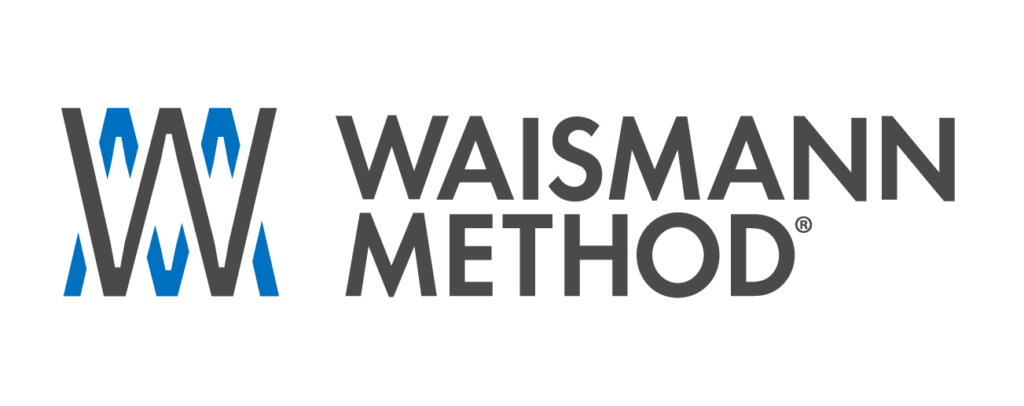Most recovery programs begin with recognition of the problem, whether substances abused are narcotics such as opium, morphine, prescription medicine or heroin. However, when a person suffers from an addiction to opiates or opioids, concerned family and friends spot the problem first. Conflicted and agonized, many of these are “accidental” addictions, often victims of prescribed narcotics and painkillers. They are ashamed of their predicament, and oftentimes suffer in isolation for months before seeking treatment.
Learn more about the different types of opiates and opioids.
Spotting the Difference
Hiding the true extent of substance abuse is difficult. As a person becomes more tolerant to an opiate or opioid drug, the dosage becomes much higher and symptoms more difficult to mask. Tell-tale signs of severe addiction are often physical symptoms. For example, sweating, weight loss and behavioral changes such as aggression, agitation, mood swings, excitability or loss of interest in pleasurable activities often accompanied by poor memory or lack of motivation.
When a loved one displays behavior almost diametrically opposite to the usual, like stealing or selling of belongings, then it’s time to seek help for opiate addiction.
There are also social manifestations of addiction to opiates such as withdrawal from the usual circle. Teachers and co-workers complain about increased frequency of tardiness and absences. The addicted individual is defensive and hostile; often hanging around with a new set of friends and careless about the visibility of prescription bottles, syringes and other paraphernalia.
Admitting Powerlessness and Loss of Control
The 12 Step Programs center on the idea that the first step begins with admitting the habit has taken over your life. However, some opiate dependent persons need more than a stringent 12-step program. However, what happens after the first step of opiate addiction treatment? Regardless of your beliefs, there is help available and it comes in many guises. Some opiate detoxification programs are harsh and there is very little medical literature to prove “no pain, no gain”.
Waismann Method: Opiate Addiction Treatment
Some opioid addicts or dependents turn to drugs because of the quick fix. This basic mentality short circuits any long-term recovery program because the user does not experience positive results fast enough. Others find the shock of withdrawal from opiates too intense – physically and emotionally.
There are many opiate addiction treatments to choose from. However, the Waismann Method stands out because it is the safest, most confidential and comfortable detox available. The Waismann Method is conducted in controlled and pleasant environment – unlike other rehabilitation methods where the patient suffers physically and emotionally, often enduring the humiliation and pain of withdrawal.
We ensure that our team treats patients humanely with protocols adjusted to their unique needs and histories. We have had the highest detoxification success rate in the country for nearly 20 years. This is largely because all treatment plans are based on the patient’s physical, emotional and social needs. We don’t have set protocols or treat patients side-by-side. In fact, those who encountered relapses when rehabilitated through more traditional programs are surprised with how easy it is to return to normal life and feel clean and clear-headed again with the Waismann Method.
Contact Us today for more information on the Waismann Method of Opiate Addiction Treatment.

